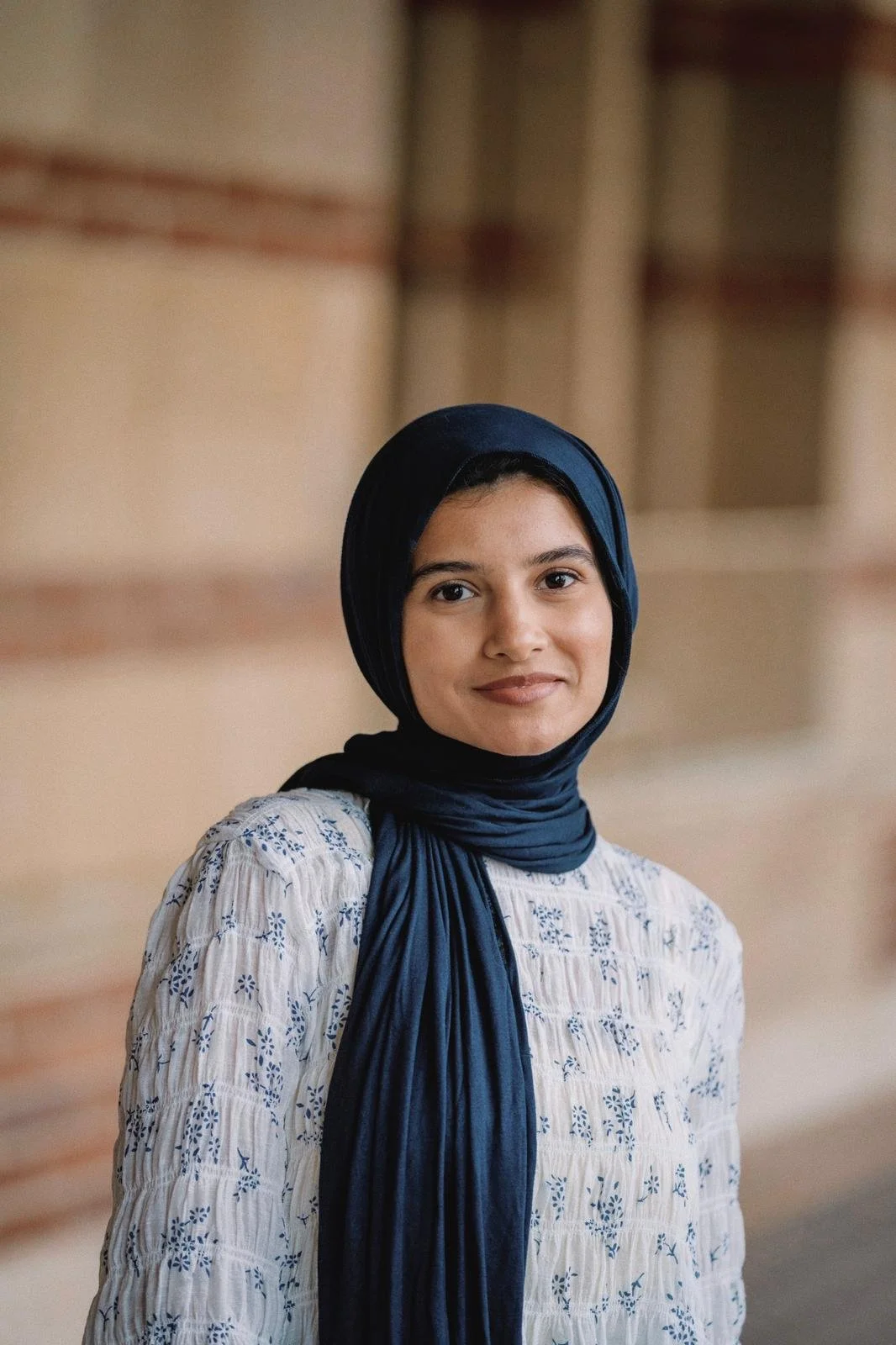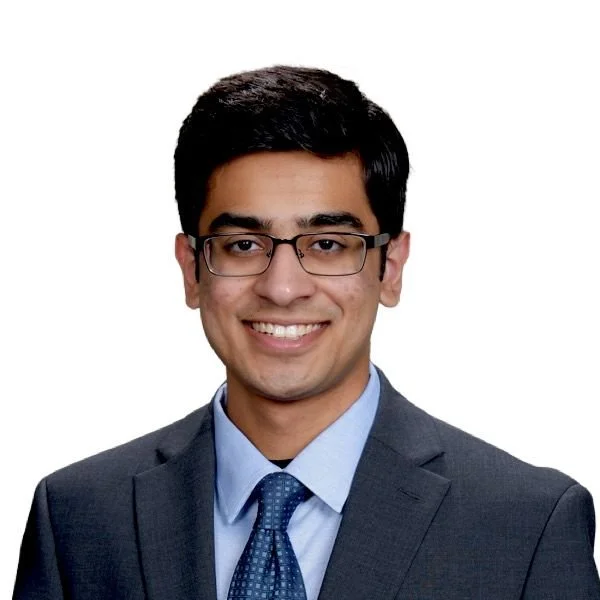Diving Deeper into the Impact of Sehat Kahani’s Telehealth Services on Healthcare Efficiency and Cost Among Urban Users in Pakistan
Written by APF + Sehat Kahani Pakistan Fellows (2024) Neha Farhan and Muhammad Abidi
ACCESS TO HEALTHCARE
Pakistan is often defined as a low-middle income country (LMIC) that suffers from poor infrastructure, high poverty rates, political instability, and extreme levels of income inequality. When these factors are left untreated, they contribute to the development of a weak healthcare system that leaves a significant portion of the population unable to access reliable healthcare services.
A number of challenges currently lie in the way of patients in Pakistan, both in urban communities and in remote, rural areas, from accessing and receiving good quality, affordable healthcare. According to past research, the two biggest obstacles to accessible care include the lengthy travel times associated with traveling to a healthcare facility and the inability to take time off of work to attend appointments. To address these two prevalent issues and better serve the healthcare needs of Pakistan’s population, healthcare providers have begun thinking outside of the box and integrating digital services into the healthcare system. Sehat Kahani is one such platform in Pakistan that connects providers digitally to patients in hopes of improving access and quality of care. As research fellows for Sehat Kahani this past summer, we had the ability to conduct research on the impact of Sehat Kahani’s Health App on healthcare efficiency and cost among urban users.
SEHAT KAHANI’S APPROACH
As part of our research project, we had members of the Sehat Kahani team guide us through the ins and outs of the Sehat Kahani Health App. Members of the app are able to book a consultation with a list of available providers and can meet with a provider almost instantly. Patients also have the ability to order prescriptions and get them delivered to their home or a local pharmacy. Just spending a few minutes on the app shed light on how Sehat Kahani’s services are revolutionizing telehealth in Pakistan. Through our research, we hoped to bring awareness to how the app contributes towards making consultations more efficient and cost-effective for urban communities in Pakistan.
Neha Farhan
Muhammad Abidi
Not only were we able to better understand patients’ perspectives on the use of telemedicine, but we were also given the opportunity to connect with and gain mentorship from inspiring Pakistani healthcare leaders and innovators.
THE STUDY
The primary objectives of our study were to identify factors that prevent communities in Pakistan from receiving proper care from in-person healthcare centers and determine how patients can benefit from low-cost services provided by Sehat Kahani. Responses from users of the Sehat Kahani Health app were collected through a Google Form survey. This survey collected information about demographics, users’ experiences with in-person healthcare services, and their experiences with the Sehat Kahani app. Key findings from the study included:
● Some of the barriers to in-person healthcare services faced by respondents included inability to travel long distances to a facility, inability to afford costs of in-person consultations, inability to take time off work, and long wait times at a facility
● 49% of survey respondents spent over 2,000 Pakistani rupees on transportation to an in-person healthcare facility
● 80% of respondents were required to take time off of work to attend in-person consultations and, out of those 80%, almost 30% were required to take an entire day off
● 93% of respondents reported spending only 0-500 Pakistani rupees on consultations through the Sehat Kahani app and only 10% were required to take time off of work
● A majority of respondents found consultations through the app to be more convenient than in-person, believed the app helped them talk to a provider quicker than they normally would, and found their experience with telehealth services to be beneficial
The time and income saved by not having to travel to an in-person facility and not taking time off of work is one of the most significant impacts of the Sehat Kahani App and has proven to be greatly beneficial for patients. We plan to further quantify these savings in a cost-benefit analysis for more specific data. This research study helped us as students to understand how innovation within the healthcare field can be used to overcome challenges and barriers that prevent every citizen from accessing the healthcare they deserve.
MOVING FORWARD
Conducting this research project has been a rewarding educational experience that provided us as research fellows with valuable insight into the structure of healthcare systems in Pakistan. Not only were we able to better understand patients’ perspectives on the use of telemedicine, but we were also given the opportunity to connect with and gain mentorship from inspiring Pakistani healthcare leaders and innovators. We hope our work with Sehat Kahani can guide further research on how telehealth services in Pakistan can be expanded to better meet the needs of patients and we hope to continue to work alongside the American Pakistan Foundation to help bring positive change to our home away from home.


